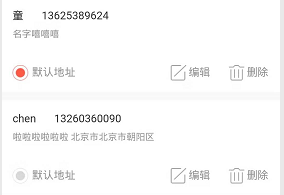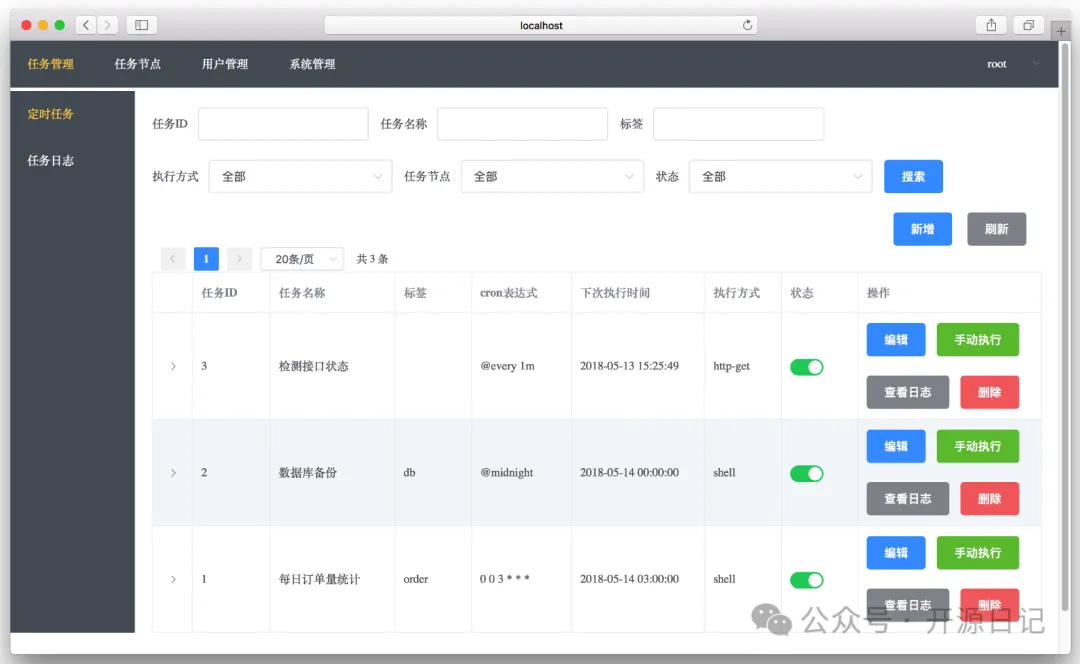外部引入
<link href=\"https://cdn.bootcss.com/animate.css/3.5.2/animate.min.css\" rel=\"stylesheet\"> <link href=\"https://cdn.bootcss.com/font-awesome/4.7.0/css/font-awesome.min.css\" rel=\"stylesheet\"> <script type=\"text/javascript\" src=\"../js/vue-2.5.16.js\"></script>
HTML部分
<div class=\"container\"> <!--动态数据绑定--> <my-info v-bind:data=\'msg\' v-on:close=\'closeHandler\'></my-info> <!--静态数据绑定--> <my-info data=\"操作有误\"></my-info> </div>
script部分
<script type=\"text/javascript\">
Vue.component(\'my-info\',{
template:`
<transition leave-active-class=\"animated fadeOutUpBig\">
<div
v-show=\'isShow\'
style=\"background:orange;
color:#fff;
padding:.5em 1em;
border-radius:5px;
margin:.5em 0;
position:relative\">
<i class=\"fa fa-info-circle\"></i>
<span>{{data}}</span>
<i @click=\'close\' class=\"fa fa-close\"
style=\"position:absolute;
right: 1em;
cursor:pointer\"></i>
</div>
</transition>
`,
//注意:data必须是一个函数
data(){
return {
isShow:true
}
},
props:[\'data\'],
methods:{
close(){
//子组件向父组件发射事件
this.$emit(\'close\');
//关闭消息框
this.isShow = false;
}
},
});
new Vue({
el:\'.container\',
data:{
msg:\'添加失败!\'
},
methods:{
closeHandler(){
console.log(\'关闭了\');
}
}
});
</script>
效果

全局组件
组件的创建和注册分成3步:创建组件构造器,注册组件,挂载作用域内实例化
例如:
<div id=\"app\">
<!-- 3. #app是Vue实例挂载的元素,应该在挂载元素范围内使用组件-->
<my-component></my-component>
</div>
<script>
// 1.创建一个组件构造器
var myComponent = Vue.extend({
template: \'<div>这是我的全局组件</div>\'
})
// 2.注册组件,并指定组件的标签,组件的HTML标签为<my-component>
Vue.component(\'my-component\', myComponent)
new Vue({
el: \'#app\'
});
</script>
我们来理解组件的创建和注册:
-
Vue.extend()是Vue构造器的扩展,调用Vue.extend()创建的是一个组件构造器,而不是一个具体的组件实例。
Vue.extend()构造器有一个选项对象,选项对象的template属性用于定义组件要渲染的HTML。
使用Vue.component()注册组件时,需要提供2个参数,第1个参数时组件的标签,第2个参数是组件构造器,也就是说
Vue.component(\’标签名\’,Vue.extend())=>
Vue.component(\’标签名\’, {template:\’ \’})
Vue.component()方法内部会调用组件构造器,创建一个组件实例。
全局组件必须写在Vue实例创建之前,才在该根元素下面生效
例如:
<div id=\"app\">
<!--该组件不会被渲染,并且报错-->
<my-component></my-component>
</div>
<div id=\"app1\">
<my-component></my-component>
</div>
<script>
new Vue({
el: \"#app\"
});
Vue.component(\"my-component\", {
template: \"<h1>这是我的全局组件</h1>\"
});
new Vue({
el: \"#app1\"
})
</script>
Prop传值
组件实例的作用域是孤立的,父组件可以通过props向下传递数据给子组件。
Prop静态传递数据
<div class=\"father\">
<child msg=\"hello!\" data=\"yes!\"></child>
</div>
Vue.component(\'child\',{
props:[\'msg\',\"data\"],
template:`<p>{{msg}}</p>
<p>{{data}}</p>
`
})
Prop动态传递数据
<div class=\"father\">
<child v-bind:msg=\"val\"></child>
</div>
Vue.component(\'child\',{
props:[\"msg\"],
template:` <p>{{msg}}</p>`
})
new Vue({
el:\'.father,
data:{
val:\'添加失败!\'
}
})
以上所述是小编给大家介绍的Vue组件全局注册实现警告框的实例详解,希望对大家有所帮助,如果大家有任何疑问请给我留言,小编会及时回复大家的。在此也非常感谢大家对网站的支持!
© 版权声明
THE END










暂无评论内容